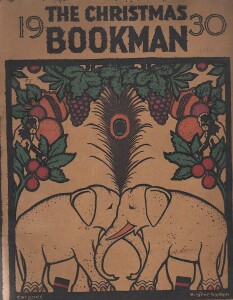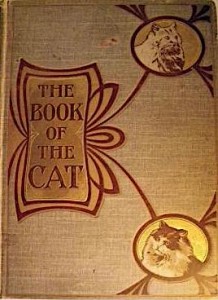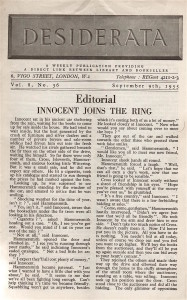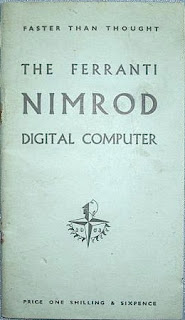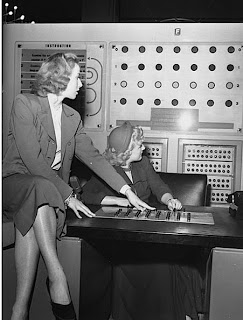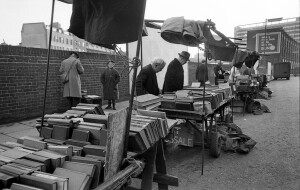 In our first Jot on Jerrold’s book we were rather harsh. We felt that he was too easily pleased by his discoveries among the book barrows and second hand bookshops. However, some of his adventures do shed some light on the second hand book trade in London around the turn of the nineteenth century. The book stalls in New Cut he describes may have gone, but selling books from street stalls has changed little since then. The only exception to this appears to be the methods of the veteran Jeffrey of Farringdon Road, who, if you asked what his ‘best price’ was had the habit of tearing the book in question in half before your startled eyes( see previous Jots).
In our first Jot on Jerrold’s book we were rather harsh. We felt that he was too easily pleased by his discoveries among the book barrows and second hand bookshops. However, some of his adventures do shed some light on the second hand book trade in London around the turn of the nineteenth century. The book stalls in New Cut he describes may have gone, but selling books from street stalls has changed little since then. The only exception to this appears to be the methods of the veteran Jeffrey of Farringdon Road, who, if you asked what his ‘best price’ was had the habit of tearing the book in question in half before your startled eyes( see previous Jots).
Take the penultimate chapter of Autolycus entitled ‘The Twilight of the Gods ‘. Jerrold begins his anecdote by setting the scene for a discovery:
‘The scene is the New Cut, a few yards from where it turns out of the Westminster Bridge Road. We are standing at a regulation costermonger’s barrow, laden with a great variety…of literary wares…The air is heavy with the nauseating smell from a nearby cook-shop, of which the windows, steam clouded from within, bear in bold type, this simple legend: “ What are the wild waves saying? Come and get a good dinner for sixpence!” Continue reading

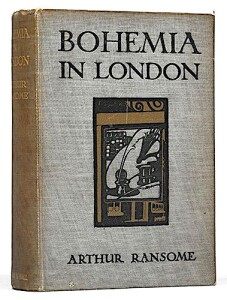 in collectable condition fetching £500 or more.
in collectable condition fetching £500 or more.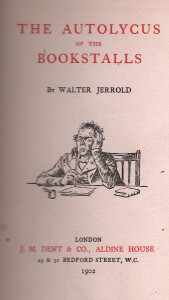 We at Jot 101 had not imagined the travel writer and biographer Walter Jerrold ( 1865 – 1929 ) to be a frequenter of second-hand bookstalls, but there he is as an unabashed collector of ‘unconsidered trifles ‘ in Autolycus of the Bookstalls (1902), a collection of articles on book-collecting that first appeared in The Pall Mall Gazette, Daily News, the New Age, and Londoner.
We at Jot 101 had not imagined the travel writer and biographer Walter Jerrold ( 1865 – 1929 ) to be a frequenter of second-hand bookstalls, but there he is as an unabashed collector of ‘unconsidered trifles ‘ in Autolycus of the Bookstalls (1902), a collection of articles on book-collecting that first appeared in The Pall Mall Gazette, Daily News, the New Age, and Londoner.